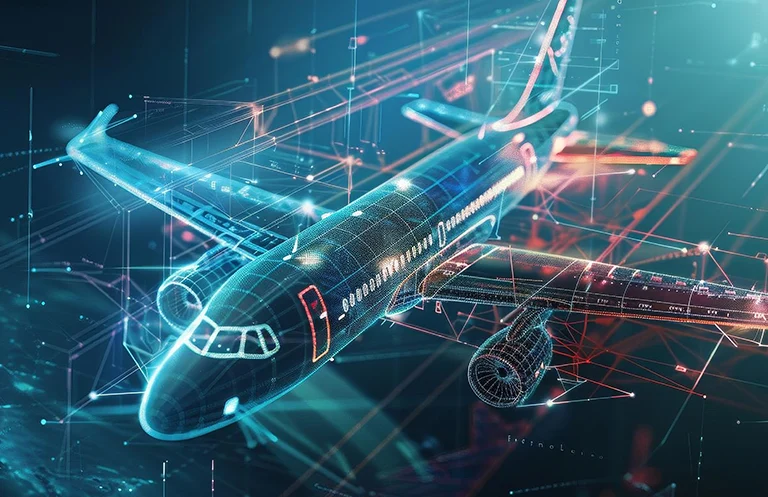Executive Summary
In Part 1 of this article, the impact of Big Data on inflight entertainment was analyzed. Some of the same technology can improve airline and business aviation operations and safety.
For the past several years, much has been written about systems data collection onboard modern airplanes: GE jet engines collect information at 5,000 data points per second; a Boeing 787 generates an average of 500GB of system data a flight; an Airbus A380 is fitted with as many as 25,000 sensors. Much of this data is transmitted or downloaded to plan maintenance, position spare parts, and anticipate component failure. These purpose-built systems represent one of the fore runners of what has grown into today’s Big Data and the Internet of Things (IoT). These systems have provided significant savings to operators for several years. They have also allowed airplane and engine manufacturers to offer new and lucrative data-driven business models such as pay-by-the-flight-hour, so we can expect this evolution to continue.
Project Highlights






